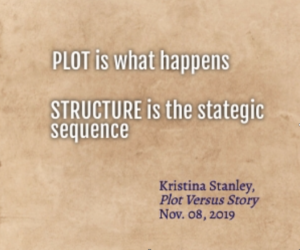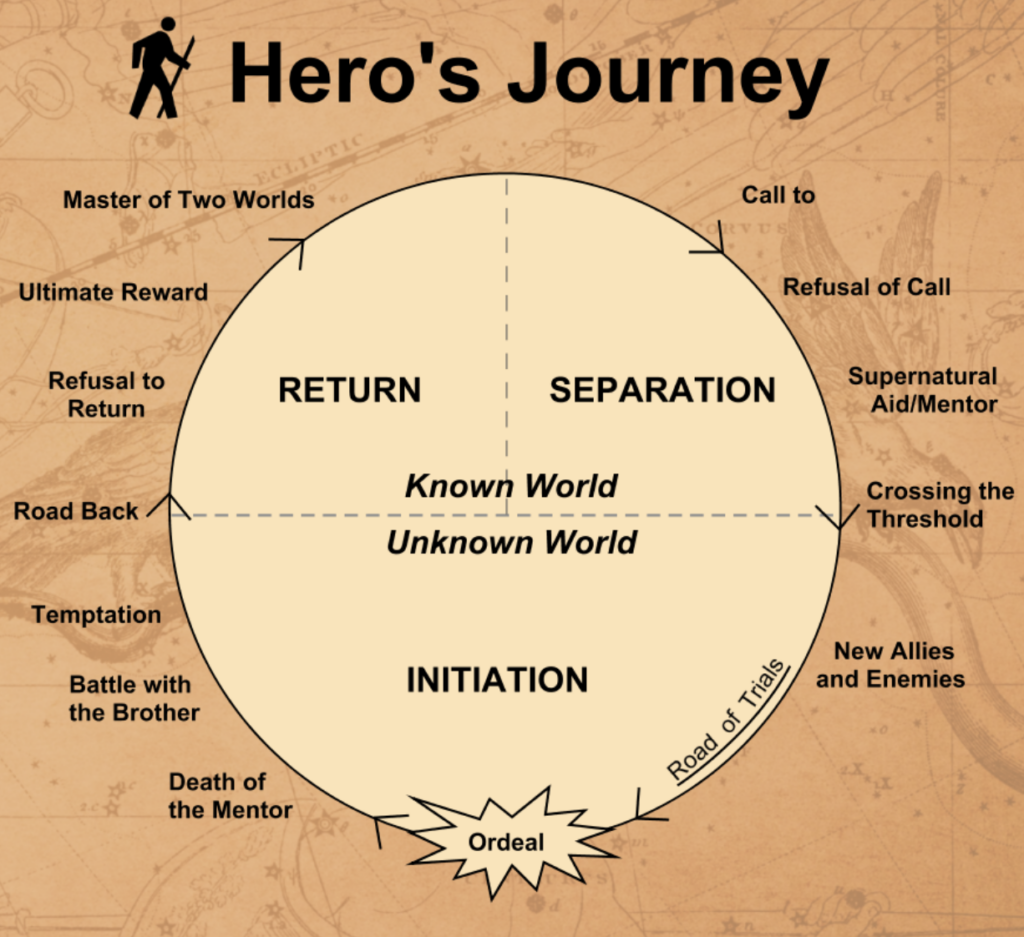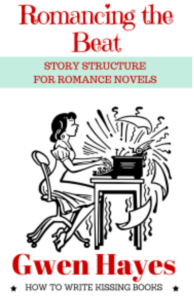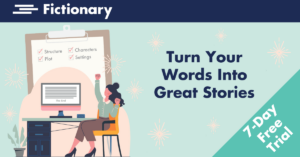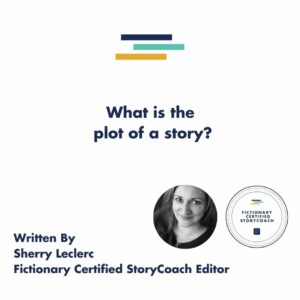
What, exactly, is the plot of a story?
What is a structured plot, and why should you apply one to your story?
These are very important questions, but plot and plot structure are huge topics and the amount of information out there can be overwhelming. So, here is some information to get you started and to help you get comfortable with plot of a story and plot structure.
The plot of a story, as defined by Kristina Stanley in the article, Plot Versus Story, “…is what happens.”
Structure, as defined by that same article, ”… is the strategic sequence.”
In order for the plot of a story to work, events have to occur in a specific order that makes sense, and in a way that they build upon each other. There has to be an interconnectedness.
Using a plot structure to plot your story can be as simple as sticking to the main plot points, or as detailed as also listing all the little events, obligatory scenes, or beats in between the major plot points that tie them all together.
The Major Plot Points of a Story
The major plot points of any novel-length story, regardless of the genre or specific structure used, are:
- The beginning hook (right away or very close to the beginning)
- The inciting incident (before the 15% mark)
- Plot point 1 (20-30% mark)
- The middle plot point (45-55% mark)
- Plot point 2 (70-80% mark)
- The climax (85-95% mark)
- The Resolution (After climax to story end)
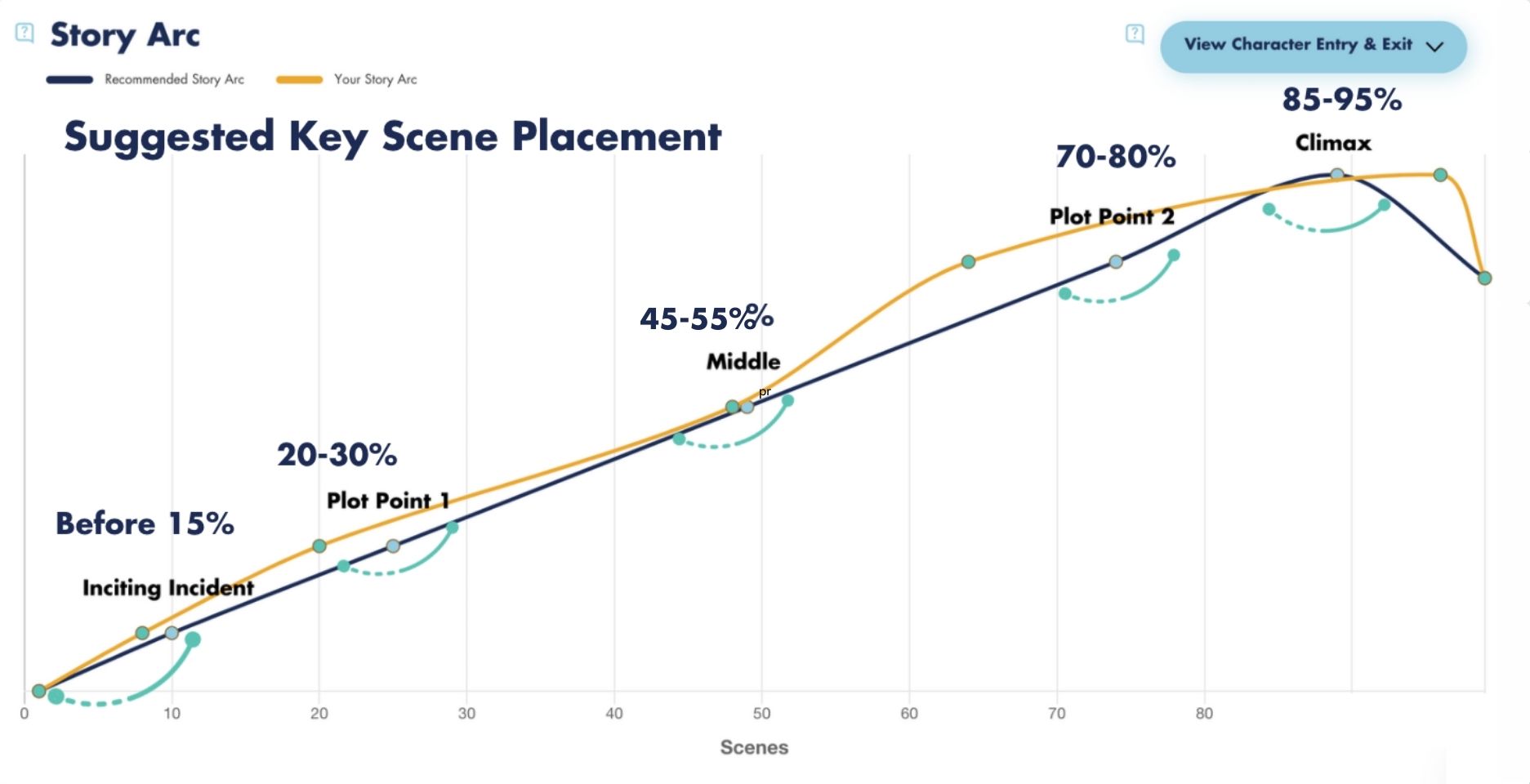
The Three-Act Structure
A three-act structure divides these parts into the beginning (Act 1), which takes up about the first 25% of the story, the middle (Act 2), which is the middle 50% of the story, and the end (Act 3), which is the last 25% of the story.
- Act 1 includes the beginning hook and inciting incident
- Plot point 1 is where Act 1 ends and Act 2 begins
- The middle plot point, part of Act 2, often includes a plot twist and is generally where the protagonist moves from being reactionary to taking the initiative to act
- Plot point 2 is where Act 2 ends and Act 3 begins
- Act 3 includes the climax and the resolution, or denouement.

https://en.wikipedia.org/wiki/Three-act_structure
Four-Act Structure
For a four-act structure, the elements are the same, but Act 2 is divided into two parts–one before the middle plot point and one after.
The Wizard of Oz, by L. Frank Baum
The following are the major plot points in The Wizard of Oz, by L. Frank Baum. As you can see, either a three- or four-act structure can apply.
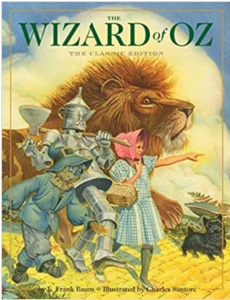
The main plot points of The Wizard of Oz are:
1. The beginning hook/the setup: We see Dorothy in her everyday world and see her running home to tell her aunt and uncle that Mrs. Gulch threatened her little dog, Toto.
2. The inciting Incident: A storm hits, but Dorothy doesn’t make it back to the storm cellar in time because she is running to find Toto.
3. Plot Point 1: Dorothy and Toto wake up in Oz, where she meets Glinda, the Good Witch of the North, and is declared the hero of Munchkinland because she killed the Wicked Witch of the East. Glinda gives the magic shoes to Dorothy and tells Dorothy to travel to the Emerald City to ask the Wizard of Oz for help to return to Kansas.
4. The Midpoint: Dorothy and her new friends, the Scarecrow, the Tinman and the Cowardly Lion, arrive in the Emerald City. Here they meet the Wizard of Oz, who tells them he will grant their wishes if they kill the Wicked Witch of the West.
5. Plot Point 2: Dorothy and Toto are captured by the Wicked Witch of the West.
6. Climax: Dorothy melts the Wicked Witch of the West with a bucket of water.
7. Resolution: Dorothy and her friends return to the Emerald City. They discover that the Wizard of Oz is a fraud, but he helps them anyway. The four friends discover that they had what they needed all along.
At the end of the story, Dorothy awakens back home in Kansas, surrounded by, and with a new appreciation for, her loved ones.
Other Plot Structures or Plot Types
It is inevitable in the business of writing and editing that you will hear other terms—perhaps many other terms–used to talk about the types of plots of a story and plot structure. Many of these take the elements of the three and four act structure and add obligatory scenes or beats, often to be more genre-specific.
The Hero’s Journey
For example, in the following diagram we see an example of the Hero’s Journey.
https://creativeeducator.tech4learning.com/2013/lessons/Heros-Journey
In the Hero’s Journey, Separation, which is 25% of the total, is Act 1. Initiation, which is 50% of the total, is Act 2. Return, at 25% of the total, is Act 3. The inciting incident, plot point 1, the midpoint, plot point 2, the climax, and the resolution will all occur at the points I outlined for the three-act structure and may coincide with an obligatory scene. For example, as can be seen in the diagram above, the Ordeal occurs at the midpoint.
The Romance Structure
In Romancing the Beat: Story Structure for Romance Novels, author Gwen Hayes takes Act 2 of a three-act structure and divides it into two. Hayes says, “I … like to split the middle into two parts…because it feels less daunting to me to eat the elephant in smaller chunks” (pp 17-18). What she ends up with, then, in the Romancing the Beat structure is four acts, which she refers to as four phases, each with five specific beats she wants to hit.
Benefits of Applying a Structured Plot in Your Story
There are many benefits to applying a structure to your plot of a story. A few of these are:
- Meeting reader expectations: There are certain elements that are needed in a novel to make it work. If your story is missing something, the reader will feel it, even if they cannot specifically pinpoint what it is. Applying an appropriate structure to your plot of a story means you are more likely to meet reader expectations.
- Structured plots can be used by plotters or pantsers: Structured plots can be used to whichever degree you’re comfortable with before you write, or they can be applied during the structural editing process to make sure you’ve included all the essentials. For plotters, this means more time spent up front, and for pantsers, this means more time spent during the editing process.
- Plot structures can serve as a guide or form to help you when you get stuck: Using a structured plot in your story does not mean following a formula. Plot structures offer guideposts that help ensure you end up with a story that works. If you are stuck, look to the plot structure.
- Focusing on plot can help you tell a more powerful story: Focusing on plot in your story, and using plot structure appropriately, can help you tell a more powerful story that will have a greater impact on your readers.
Post Written by Sherry Leclerc
- Fictionary Content Creator
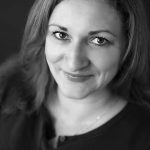
An experienced author, editor, and educator, Sherry Leclerc has been teaching English and French to primary through to adult students since 2000. She self-published her first fantasy novel under her own imprint, Ternias Publishing, in 2017 and has since self-published another fantasy novel and a romance novella, which was published under a pen-name.
Sherry has published numerous blog articles on her own website and has guest-posted on other sites as well. She has a YouTube vlog titled The Mythic Quill, where she talks about various writing and self-publishing related topics, posts book reviews, and so on.
Sherry is a member of the Canadian Authors Association and Editors Canada. She is a Writer’s Digest Certified Copy-editor and is a Fictionary Certified StoryCoach Editor.

Learn how to check if your story structure
is strong using Fictionary StoryTeller.


